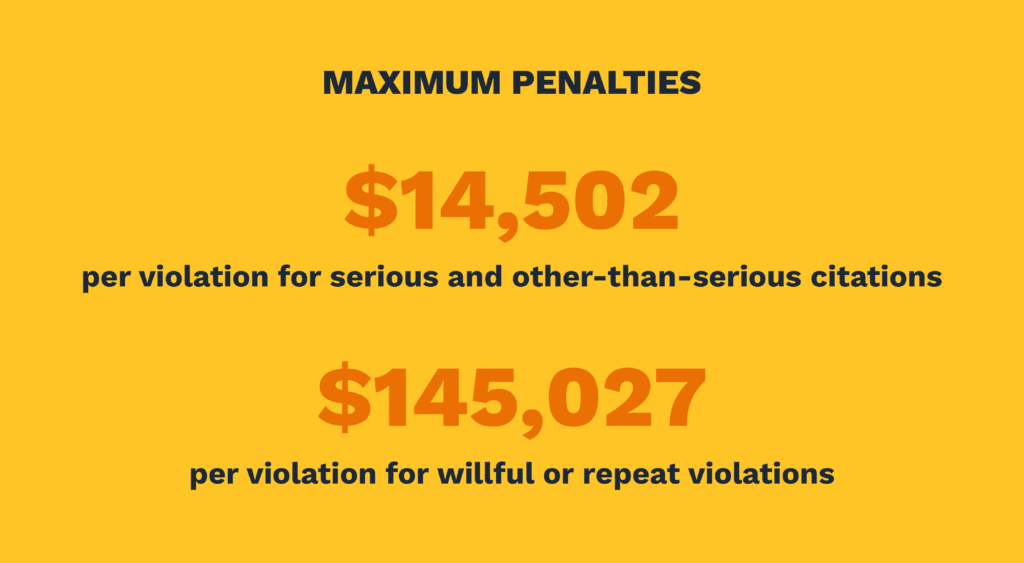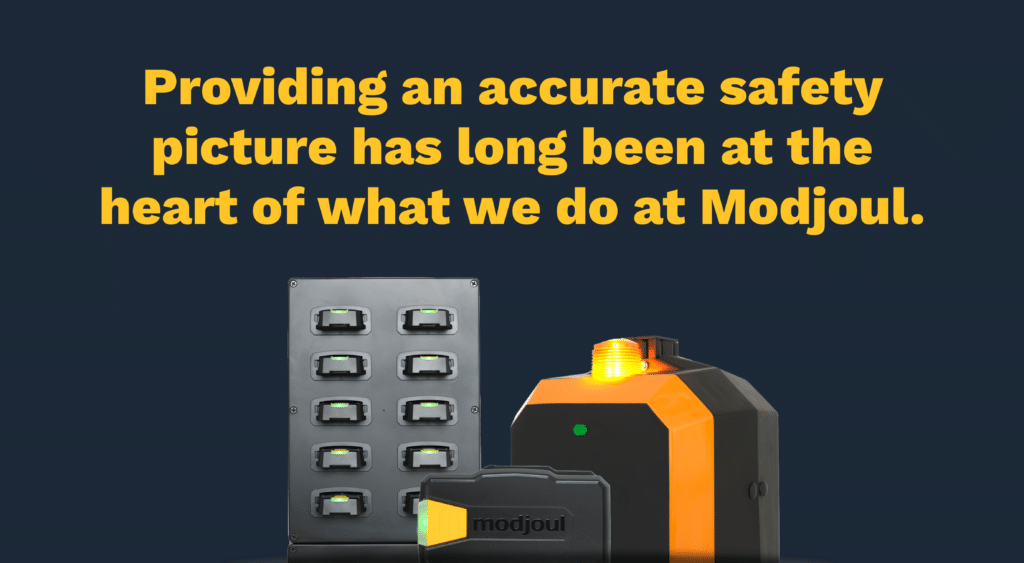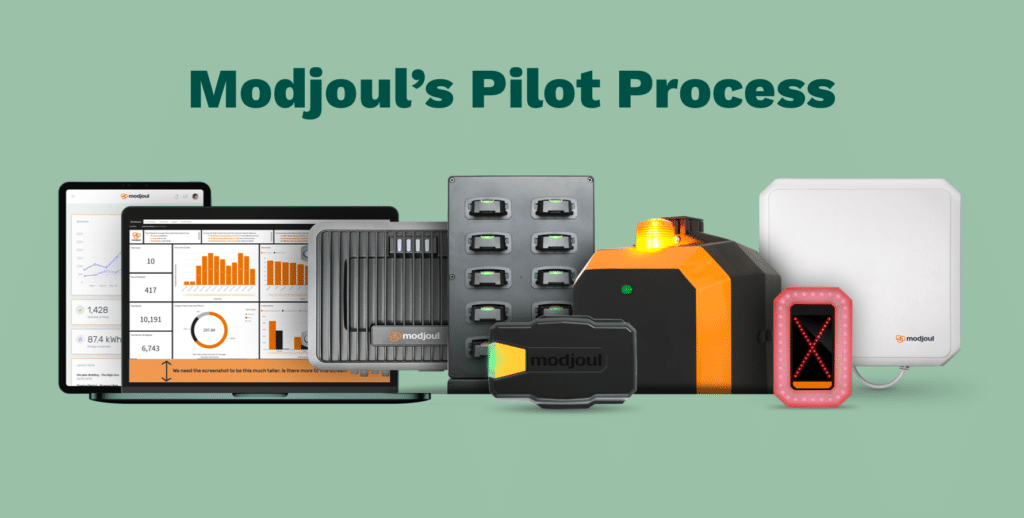Most industrial companies and operations stress “safety-first” messages to their employees and stakeholders. Unfortunately, some of those companies are “safety-first” in principle, but “profits-first” in practice. Those companies are the primary drivers of new enforcement mechanisms announced by OSHA earlier this year. They went into effect on March 27.
OSHA devised the new enforcement tools to beef up its ability to cite employers in the general industry, agriculture, maritime, and construction sectors who have repeated violations and accidents. The biggest change gives OSHA regional administrators and area office directors the authority to cite certain types of violations as “instance-by-instance citations” rather than grouping several violations into one citation. This means that employers may face multiple fines for the same type of violation, if it occurs multiple times.
For example, if an employer fails to provide personal protective equipment (PPE) to employees and OSHA finds that 10 employees were working without PPE, the employer could previously receive a single citation for the violation. Under the instance-by-instance approach, OSHA would issue 10 separate citations for the same violation, each with its own associated fine. This sends a message that repeated violations will not be tolerated and underscores the importance of addressing safety hazards in the workplace.
Indeed, OSHA recently issued a reminder to its regional administrators and area directors of their authority to cite violations separately rather than to group them to “more effectively encourage employers to comply with the intent of the Occupational Safety and Health Act.”
That change is even more significant given the increase in fines that went into effect last year: Maximum penalties are now $14,502 per violation for serious and other-than-serious citations, and $145,027 per violation for willful or repeat violations. In 2022, OSHA issued initial penalties of $500,000 or more to 26 companies, including six of more than $1 million.
Effective encouragement, indeed.

Gaining a clear picture of workplace safety
The rationale behind this approach is to provide a clearer picture of the extent and severity of safety violations in the workplace. By issuing citations for each instance of a violation, OSHA can more accurately assess the level of risk and determine appropriate penalties. It also serves as a deterrent for employers to take safety violations more seriously and to take action to prevent them from recurring.
Critics of the instance-by-instance approach argue that it could result in excessive fines for employers who have multiple, relatively minor violations. They argue that OSHA should focus on the severity of violations and not just the number of times they occur. Others have also raised concerns about the increased administrative burden on OSHA to issue multiple citations, which could slow down the enforcement process.
OSHA maintains the instance-by-instance approach will improve workplace safety by holding employers accountable for every instance of a safety violation — thus taking aim at companies it determines are elevating “profits over safety.” (At the same time, the agency notes it will use discretion in issuing citations and fines, taking into account the severity of the violation, the employer’s history of compliance, and other factors.)
Regardless, while it may result in higher fines for some employers, it is intended to provide a more accurate picture of the extent and severity of safety violations and to encourage employers to take action to prevent them from recurring.

Providing a more accurate safety picture has long been at the heart of what we do at Modjoul. Our team of safety experts, ergonomists, and data scientists help companies identify and reduce their risks, improve their workplace safety, and protect their employees — ensuring they live up to their “safety-first” promises.
If you would like an assessment of your workplace risks or to see a demo of any of our solutions, we would love to start a conversation with you. Complete the form below and one of our client strategy and solutions experts will be right back in touch!




